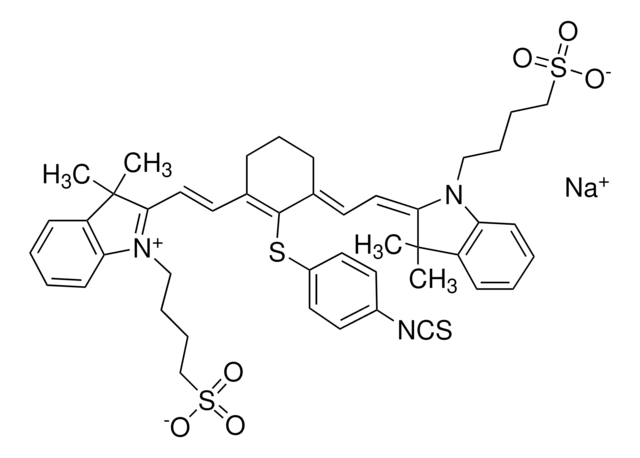P6282
Poly-ʟ-Lysine Hydrobromide
synthetic, mol wt 70,000-150,000, powder, γ-irradiated, suitable for cell culture, BioXtra
Sinónimos:
PDL HBr
About This Item
Productos recomendados
Nombre del producto
Poli-L-lisina hydrobromide, mol wt 70,000-150,000, lyophilized powder, γ-irradiated, BioXtra, suitable for cell culture
biological source
synthetic (organic)
Quality Level
sterility
γ-irradiated
product line
BioXtra
form
lyophilized powder
mol wt
70,000-150,000
packaging
pkg of 5 mg
technique(s)
cell culture | mammalian: suitable
surface coverage
4 μg/cm2
solubility
H2O: soluble 50 mL/vial, clear, colorless
shipped in
ambient
storage temp.
−20°C
SMILES string
Cl.NCCCCC(N)C(O)=O
InChI
1S/C18H38N6O4/c19-10-4-1-7-13(22)16(25)23-14(8-2-5-11-20)17(26)24-15(18(27)28)9-3-6-12-21/h13-15H,1-12,19-22H2,(H,23,25)(H,24,26)(H,27,28)/t13-,14-,15-/m0/s1
InChI key
WBSCNDJQPKSPII-KKUMJFAQSA-N
¿Está buscando productos similares? Visita Guía de comparación de productos
General description
Application
Biochem/physiol Actions
Components
Caution
Analysis Note
Related product
Storage Class
11 - Combustible Solids
wgk_germany
WGK 3
flash_point_f
Not applicable
flash_point_c
Not applicable
ppe
Eyeshields, Gloves, type N95 (US)
Elija entre una de las versiones más recientes:
¿Ya tiene este producto?
Encuentre la documentación para los productos que ha comprado recientemente en la Biblioteca de documentos.
Los clientes también vieron
Artículos
Cancer stem cell media, spheroid plates and cancer stem cell markers to culture and characterize CSC populations.
Extracellular matrix proteins such as laminin, collagen, and fibronectin can be used as cell attachment substrates in cell culture.
Nuestro equipo de científicos tiene experiencia en todas las áreas de investigación: Ciencias de la vida, Ciencia de los materiales, Síntesis química, Cromatografía, Analítica y muchas otras.
Póngase en contacto con el Servicio técnico






